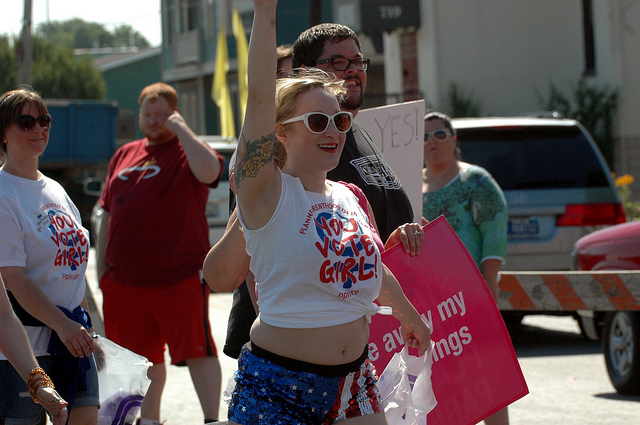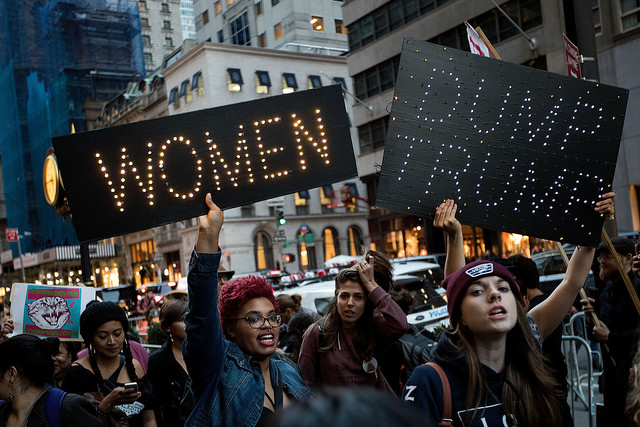
For the past twenty-five years, Oklahoma has seen some of the highest levels of female incarceration in the United States. In a recent article from Reveal, research by sociologist Susan Sharp demonstrates that incarceration rates and sentence severity varies between different counties within the state, where courtroom cultures and access to legal resources vary.
Across the state, harsh drug sentencing leading to lengthy prison sentences for women is the norm, and Sharp argues that women in Oklahoma have become “collateral damage” in the War on Drugs. This is in large part due to the cultural norms surrounding women’s roles as mothers. Sharp explains,
“I think the general population of the state feels that a woman – particularly a woman who has children who uses drugs – violates all the norms in a way that they find unacceptable . . . and they would rather see those children grow up in foster care than to be with a mother who had a drug problem.”
However, Sharp has found that rural counties with more “get tough on crime” district attorneys and judges will typically send more people to prison, and poor women in these areas often experience the “wrath of judges and prosecutors.” In urban areas, women have access to more resources — money for private attorneys and specialty courts for drug addiction and mental health issues — which often keeps them from serving a sentence or helps reduce their time served. The case of Oklahoma demonstrates how local differences influence punishment, as external and situational factors play a central role in shaping personal experiences with the criminal justice system.









 Trump received
Trump received